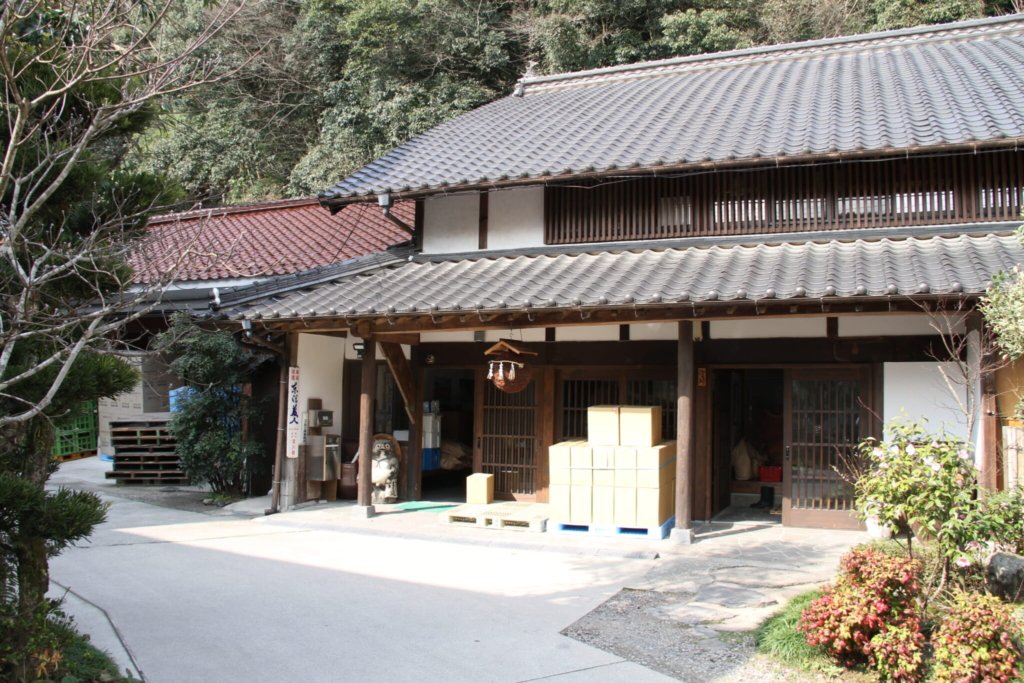In the village of Gerstetten in southern Germany, an Alemannic burial dating to the late 3rd or early 4th century AD has been discovered. This is a rare find in the region, as very few early Alemannic burials have been found in Baden-Württemberg, and none as elaborate as this one. They were also divided into small groups of 5 to 12 burials, while this one is the only one so far and is in a very prominent location.
 Gerstetten is located about 40 miles east of Stuttgart, which was founded in the 1st century AD as Cannstatt Castle, a large Roman fort to guard an important trade route and crossing on the Neckar River. At the time, the Upper Germanic border was east of Cannstatt, but in the mid-2nd century, the border was moved 20 miles toward Gerstetten. This placed the village between the large fortress and civilian settlement of Cannstatt and the smaller fortress of Castellum Guntia (modern Günzburg) on the Danube. The Alemanni invaded the area in 233 AD, and the border fell around 260 AD. After the Romans left for good, the Alemanni tribes fully settled the area in the 5th century.
Gerstetten is located about 40 miles east of Stuttgart, which was founded in the 1st century AD as Cannstatt Castle, a large Roman fort to guard an important trade route and crossing on the Neckar River. At the time, the Upper Germanic border was east of Cannstatt, but in the mid-2nd century, the border was moved 20 miles toward Gerstetten. This placed the village between the large fortress and civilian settlement of Cannstatt and the smaller fortress of Castellum Guntia (modern Günzburg) on the Danube. The Alemanni invaded the area in 233 AD, and the border fell around 260 AD. After the Romans left for good, the Alemanni tribes fully settled the area in the 5th century.
 The Alemannic tomb was discovered during rescue excavations in the historic center of Gerstetten before the construction of new affordable housing. The site was known to have been inhabited in ancient times, which triggered a preventive archaeological investigation, but no tombs had ever been found there before.
The Alemannic tomb was discovered during rescue excavations in the historic center of Gerstetten before the construction of new affordable housing. The site was known to have been inhabited in ancient times, which triggered a preventive archaeological investigation, but no tombs had ever been found there before.
The deceased was a man of about 60 years old. The burial chamber was carefully constructed of wood (now rotten) and contained high-quality grave goods, including ceramic vessels, fine-tooth combs and glass beakers, comparable in quality to those found at Gontia. The style of the ceramics suggests they were made further north in what is now central Germany.
 The two pottery vessels have been removed from the tomb and transported to the State Office for the Preservation of Monuments laboratory in nearby Esslingen, where restorers have reassembled them from the broken pieces. Archaeological contractor ArchaeoBW is examining and documenting the remains and other grave goods, except for one rib that has been sent to Mannheim for radiocarbon dating. The results suggest he was buried between 263 and 342 AD.
The two pottery vessels have been removed from the tomb and transported to the State Office for the Preservation of Monuments laboratory in nearby Esslingen, where restorers have reassembled them from the broken pieces. Archaeological contractor ArchaeoBW is examining and documenting the remains and other grave goods, except for one rib that has been sent to Mannheim for radiocarbon dating. The results suggest he was buried between 263 and 342 AD.


 Anal Beads
Anal Beads Anal Vibrators
Anal Vibrators Butt Plugs
Butt Plugs Prostate Massagers
Prostate Massagers
 Alien Dildos
Alien Dildos Realistic Dildos
Realistic Dildos
 Kegel Exercisers & Balls
Kegel Exercisers & Balls Classic Vibrating Eggs
Classic Vibrating Eggs Remote Vibrating Eggs
Remote Vibrating Eggs Vibrating Bullets
Vibrating Bullets
 Bullet Vibrators
Bullet Vibrators Classic Vibrators
Classic Vibrators Clitoral Vibrators
Clitoral Vibrators G-Spot Vibrators
G-Spot Vibrators Massage Wand Vibrators
Massage Wand Vibrators Rabbit Vibrators
Rabbit Vibrators Remote Vibrators
Remote Vibrators
 Pocket Stroker & Pussy Masturbators
Pocket Stroker & Pussy Masturbators Vibrating Masturbators
Vibrating Masturbators
 Cock Rings
Cock Rings Penis Pumps
Penis Pumps
 Wearable Vibrators
Wearable Vibrators Blindfolds, Masks & Gags
Blindfolds, Masks & Gags Bondage Kits
Bondage Kits Bondage Wear & Fetish Clothing
Bondage Wear & Fetish Clothing Restraints & Handcuffs
Restraints & Handcuffs Sex Swings
Sex Swings Ticklers, Paddles & Whips
Ticklers, Paddles & Whips




















